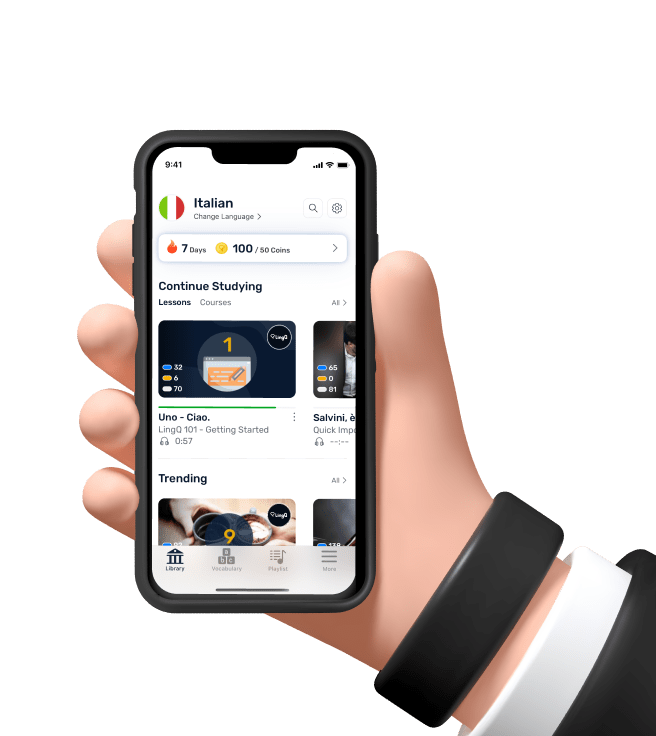1.26 (V) 01.18 - Recap - Becoming a Visionary Leader
We've come to the end of our discussion on how to become a visionary leader. We've talked about how to create and effectively communicate a vision that inspires and motivates people. That brings people together around a shared direction, where we are today and where we're going. What I'd like to do now is do a quick recap on some of those key lessons. You recall we talked about the Michigan model of leadership. And that model specifies a set of behavior that you engage in to effectively lead your team, your organization. For example that green quadrant around inspiring innovation and enabling change. The skills and the techniques we've talked about in terms of visionary leadership will be critically important as you go forward to create a vision for where we are today but where we need to be going forward and how we're going to get there. That green quadrant. This vision will be critically important, for example, in the yellow quadrant as you're thinking about bringing people together. The vision actually becomes a vehicle of reason why people actually come together and create these collaborative communities. Another example as you think about that blue quadrant in terms of creating the motivation for delivering results, even when those results seem as if they're far into the future, and maybe even unachievable. This vision will create the motivation, the commitment to motivate, compel your employees, your team members, to pursue success and ultimately those results that you wanna create. So the techniques, the skills we've talked about apply across all aspects of that Michigan model of leadership. So, to recap very quickly, we talked about the business case, the data for why visionary leadership is so important. We talked about the impact that a clear vision has on your team, in terms of predicting its performance. We talked about the data in the business case for why the vision is critically important to organizational success, whether it be profitability, productivity, or otherwise. We then shifted to how you actually create and communicate your vision. We talked about what you say. For example, the three questions. The first question, why do we do what we do? Second question, what's our definition of success? Third question ultimately being, how must we act In order to ensure success? Really the question around values. Then I shared with you a checklist that's comes form our science, our research around how you communicate that vision, the language you use. For example, repetition, rhetorical devices, three-part list. Make sure you use that checklist. Then we transition to not only what you say, but how you say it, the non-verbals of communication. And we talked about three critical success factors there from the non-verbals around, your tone and the inflection, the variation in volume and pitch around your voice. So that your not always loud. Sometimes your loud sometimes your soft. We talked about the body postures in terms of open and closed body postures for example. And then we also talked about your facial expressions and really important that smile. That communicates the emotion, the passion that you have for this vision you're trying to create. We also gave you an opportunity to practice. You saw a lot of video clips of people in action doing this, some doing it well, maybe some doing it less well. Ultimately you've been able to analyze the different components of the videos that you've seen. I've also given you an opportunity to apply these techniques and these skills to your own team, and I hope you've taken advantage of that. I would encourage you as you go forward to continue rounding out this vision. Go practice it. Ask people for feedback on not only what you say but how you have said it. Both the verbals the non-verbals and the intended message. That feedback seeking process is critically important for your own personal development. And at the end, remember repeat, repeat, repeat. Your message is important. Your vision is critically important. It's essential that you repeat that message time and time again. Reinforcement is critically important as you go forward in your team, to enable this vision that may seem to be in the future to ultimately become a reality for you and your team.

